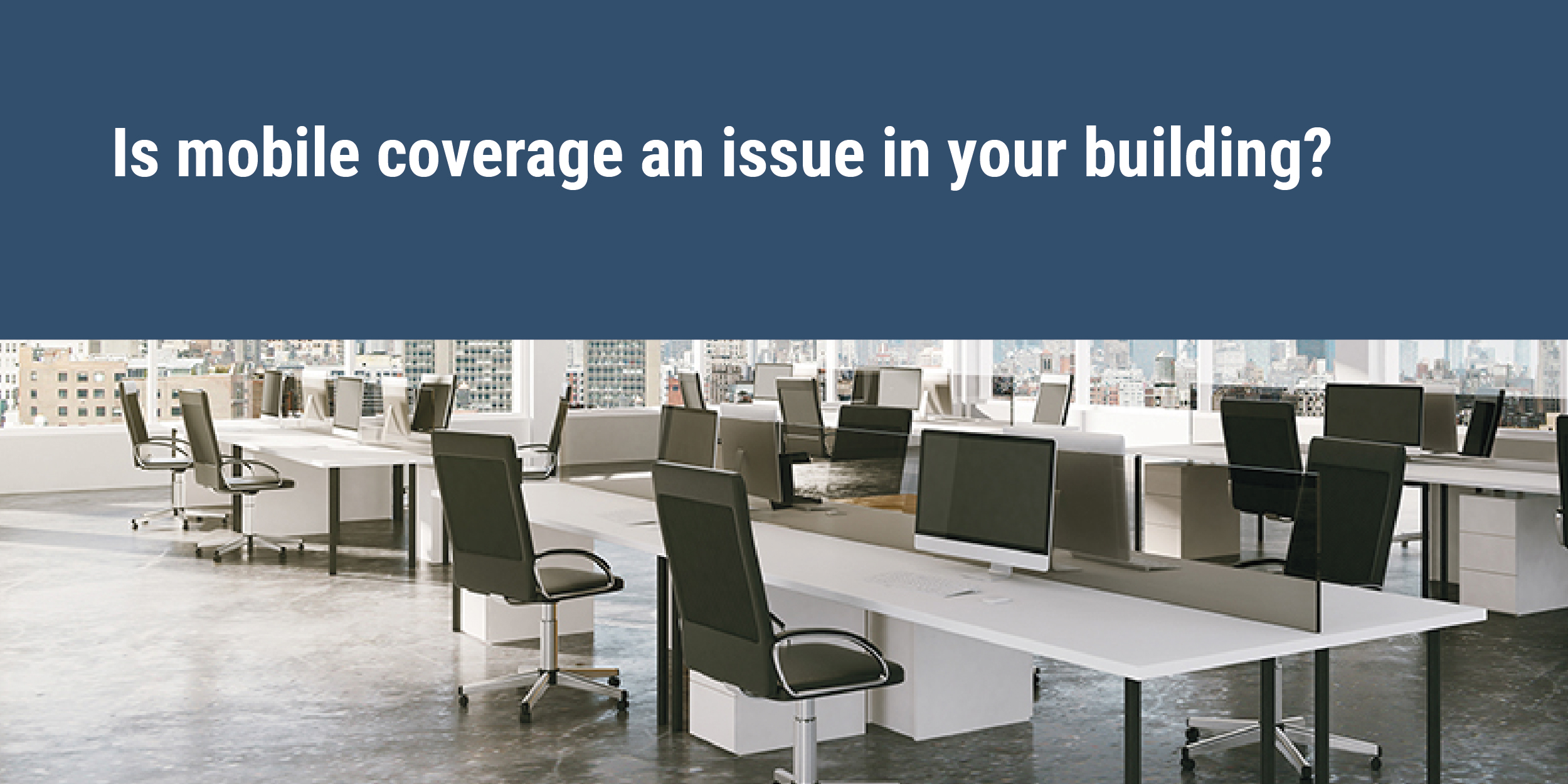INSIGHT
The Benefits of a Distributed Antenna System (DAS) in High-Rise Buildings
Distributed Antenna Systems (DAS) inside High Rise Buildings and offices can substantially benefit occupants, businesses and facilities management.
A DAS can offer many benefits for the occupants of high-rise buildings, including increased signal strengths, improved coverage inside buildings, and robust connectivity.
DAS is becoming more widespread as an efficient way to provide high-speed Internet access to mobile devices in offices and high-rise buildings. As technology advances, the need for reliable Internet coverage is increasing, and businesses can struggle to keep up with their customers’ needs without investing in a DAS system.
However, it would be best if you considered a few things before switching to DAS.
When designing a network for a business, there are many things to consider, from price to ease of deployment. One important factor often overlooked is equipment performance and how it will affect the overall user experience. While Wi-Fi is a popular choice for business networks, it only sometimes provides the fastest Internet connection. A solution like DAS can offer better performance at a similar cost to wired or Wi-Fi networks. Let’s look at some of the benefits of DAS for enterprise IT networks.
The first benefit of DAS is that higher speeds are available with 4G and 5G signals over Wi-Fi. This can translate to a better experience for your users, allowing them to download files faster and uploads them to the cloud more quickly. This can be a real advantage for businesses that rely on frequent data transfers.
Another benefit of DAS is that it provides more coverage than Wi-Fi networks. People will be less likely to experience dropped calls or slow connections when moving around the office. This also makes providing consistent coverage for large spaces, such as conference areas and waiting rooms, more accessible.
In addition, DAS offers a more robust connection than Wi-Fi. This can help prevent delays in data transmission caused by intermittent problems. This is especially important for businesses using wireless technologies, such as retail environments, manufacturing sites, and hospitals.
If you are considering a wireless network for your business, you should look at options for deploying DAS vs Wi-Fi. Both solutions have their advantages. However, by opting for DAS, you can use a faster connection and a more robust signal throughout the office. Your business should implement wireless networks and a DAS infrastructure for optimal results for maximum connectivity and efficiency.
You have several options when choosing a new telecommunications solution for your organisation. One option is to install a distributed antenna system (DAS) over the area you must cover.
A DAS provides a more robust connection to the building’s data network. This means you won’t have to deal with dropped calls and slow connections as your employees move around your office.
Another advantage of a DAS is that it can provide a stronger signal than a Wi-Fi network. While this may seem small, it can significantly benefit your business. The stronger signal will allow you to connect more people to your network without experiencing connection issues. This can improve productivity and help you constantly stay connected to your customers and colleagues.
We can help
To book a Pan RF engineer to visit your site and carry out a no-obligation site survey, please fill out the form below.
Related Posts

Is mobile coverage an issue in your building?
If unreliable network coverage is a problem in a building that you’re responsible for and…

Is poor mobile coverage affecting the value of your property?
If unreliable mobile coverage is inconveniencing your building's users it will affect its attractiveness and…

Good Mobile Signal Means Happy Bar and Restaurant Customers
If unreliable mobile coverage is inconveniencing your customers at your bar or restaurant, we can…





